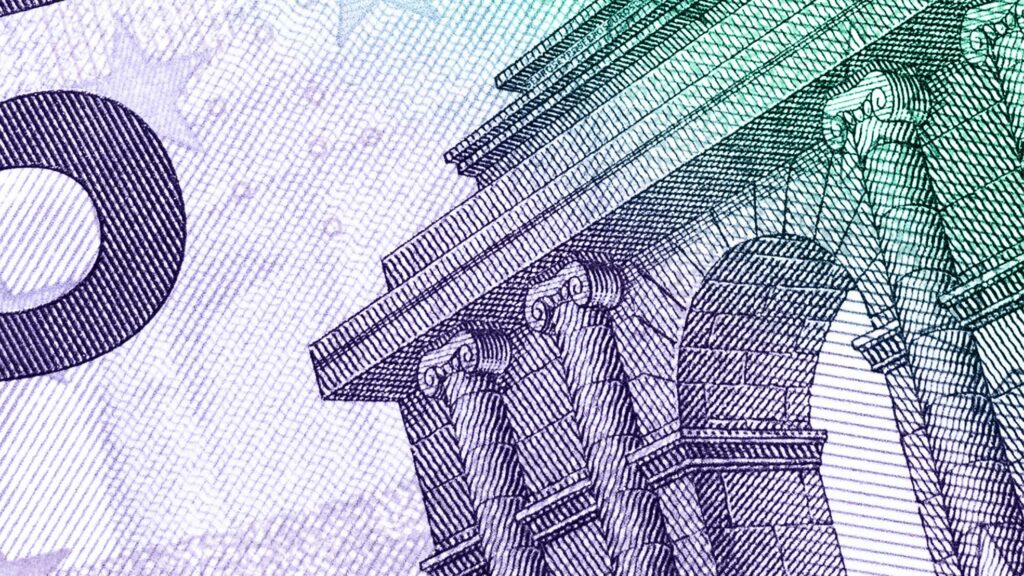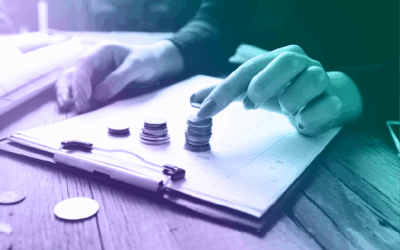By Thomas Dee, CFA
September 16, 2021 — Nineteen months ago, when the then-emerging coronavirus shut down the economy, analysts had dire predictions for the American consumer. The Wall Street Journal warned in mid-March 2020 that “consumers face a massive credit crunch,” amidst fears that record numbers could lose their cars and homes. The Mortgage Bankers Association (MBA), the mortgage industry’s main trade group, warned that one-quarter of all consumers could miss their mortgage payments and enter forbearance –potentially preceding a tsunami of foreclosures.
Of course, we now know that didn’t happen—and nothing close to it. Massive government stimulus, combined with both voluntary (with respect to credit cards and personal loans, for example) and government-backed (with respect to mortgages and federal student loans) accommodations, allowed consumers to save more and spend less. The personal savings rate spiked to almost 34% in April 2020, according to the St. Louis Fed, a pattern that repeated with further stimulus rounds. Credit card balances fell from about $930 billion in late 2019 to $770 billion in the first quarter of 2021, a percentage decline reaching the high-teens.
Charge-offs also remarkably declined in most asset classes. Credit card charge-off rates fell from 3.7% in late 2019 to 2.4% in Q2 2021 (for context, credit card charge-offs surpassed 10% in late 2009). Countercyclical consumer finance businesses—debt collection agencies, foreclosure services firms, and debt settlement firms, to name a few—didn’t see the boon seen in previous cycles. Defaults were avoided.
As of this summer, things appear to have more or less returned to normal. The Consumer Financial Protection Bureau (CFPB) published a report last month with data showing that revolving credit inquiries recovered from their initial decline by March 2021, a year after the pandemic began. Other categories—auto loans, mortgage loans—recovered much more quickly. Most consumer finance firms, in our experience, quickly moved away from their initial loan accommodation programs amidst low demand from consumers. Loan volumes have recovered, and consumers are looking healthy.
Demand for subprime consumer loans has lagged the broader recovery in applications. This was likely driven by the massive influx of consumer stimulus—through unemployment benefits, direct checks, and the expansion of child tax credit for the year 2021. That said, we believe the looming roll-off of those benefits will precipitate a normalization for that segment, as well. The federal government’s $300/week unemployment boost expired on September 6th. Another round of federal stimulus checks is unlikely (a handful of states, like California, have passed their own consumer stimulus programs). The boost to the child tax credit looks unlikely to be extended beyond this year, despite a push among progressive Democrats to extend it.
For the last 19 months, government stimulus has led large numbers of consumers to avoid applying for new credit. As government stimulus wanes in the coming weeks and months, we believe the subprime consumer loan segment—installment lenders and credit card issuers, for example—could see the biggest impact. With government programs ending, we expect the drive to normalization to continue.
FCC’s Years-long Deregulatory Push
June 30, 2025 By Matt Wiederrecht, Head of Capstone's Special Situations Team We believe the Federal Communications Commission (FCC) will kick off a two-year trend of deregulatory actions at its June open meeting. Broadcasters, such as Sinclair Broadcast Group (SBGI),...



























